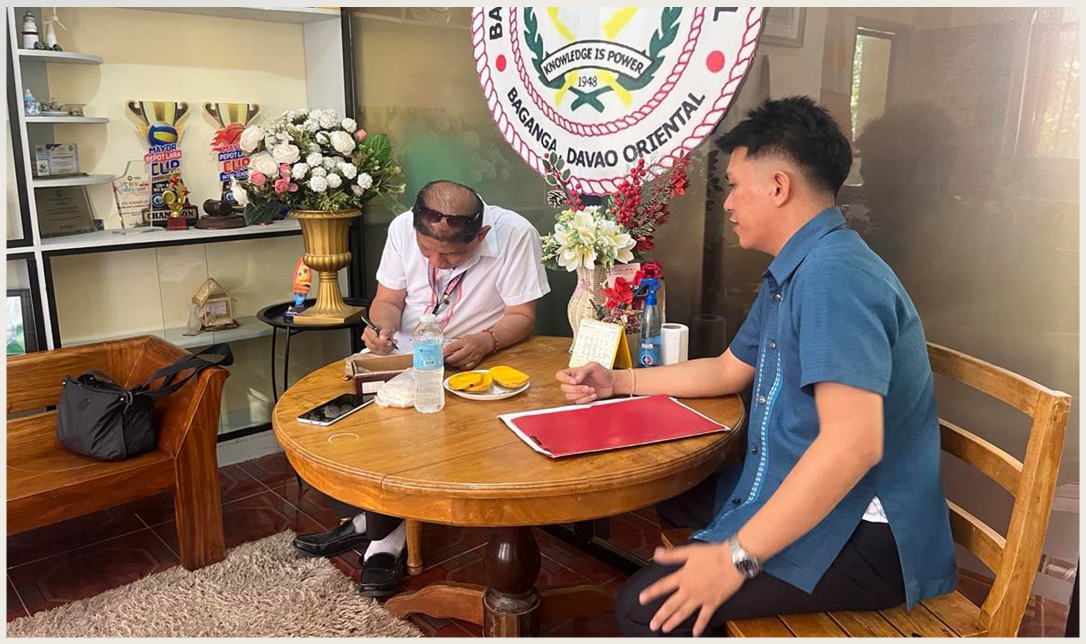Future-Proofing mathematics education: Challenges from the pandemic to coping mechanisms and action planning
DOI:
https://doi.org/10.59120/drj.v15i4.274Keywords:
Educational resilience, coping mechanisms, future-proofing education, teaching modalitiesAbstract
This study examines the resilience and adaptability of mathematics education during the COVID-19 pandemic, focusing on the challenges faced by teachers and the coping mechanisms they employed during the abrupt transition to new learning modalities in secondary schools in Baganga, Davao Oriental, Philippines. Employing a qualitative research design with a phenomenological approach, five respondents participated in in-depth interviews selected through purposive sampling. The research highlights three primary challenges: adapting to new teaching modality; efficiency of learning materials’ distribution and retrieval; and validating students’ learning. To address these challenges, teachers implemented several coping mechanisms, including the contextualization and adaptation of learning materials; adaption of digital platforms and educational apps; and the conduct of home visits. These strategies not only facilitated the continuation of mathematics education under constrained conditions but also offer insights into future-proofing educational practices. Aligned with Sustainable Development Goal (SDG) No. 4, Quality Education, this study underscores the need for strategic action planning to enhance the resilience and flexibility of mathematics education systems, ensuring they are better prepared for any future disruptions.
Downloads

Published
Issue
Section
License
Copyright (c) 2024 Maven Ar S. Nuevo , Gemma M. Valdez

This work is licensed under a Creative Commons Attribution-NonCommercial 4.0 International License.
DRJ is an open-access journal and the article's license is CC-BY-NC. This license allows others to distribute, remix, tweak, and build on the author's work, as long as they give credit to the original work. Authors retain the copyright and grant the journal/publisher non-exclusive publishing rights with the work simultaneously licensed under a https://creativecommons.org/licenses/by-nc/4.0/.









